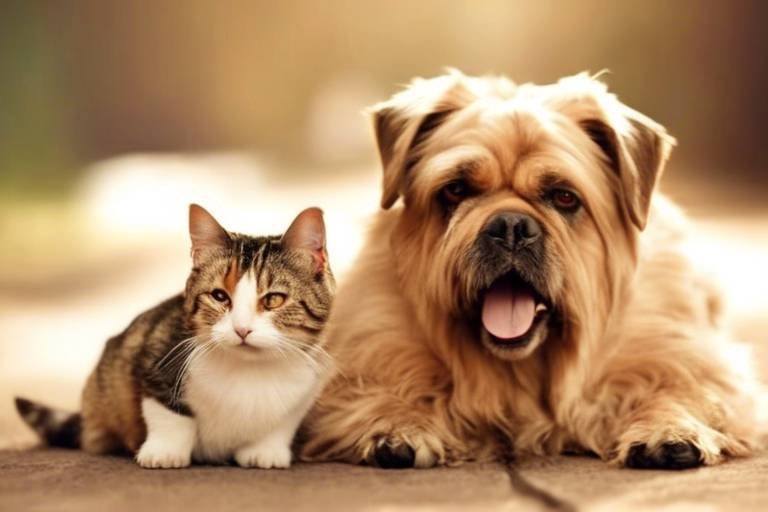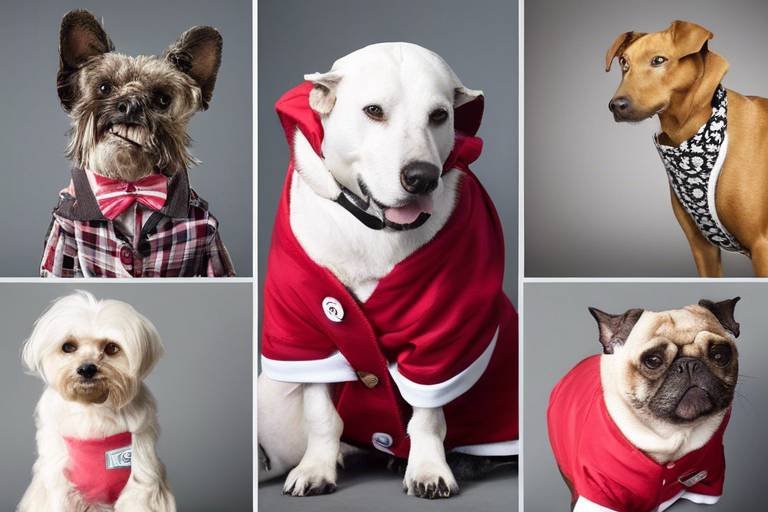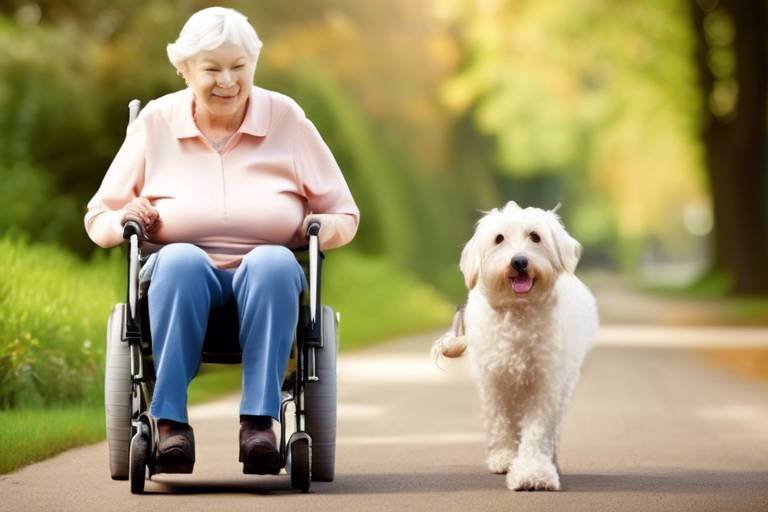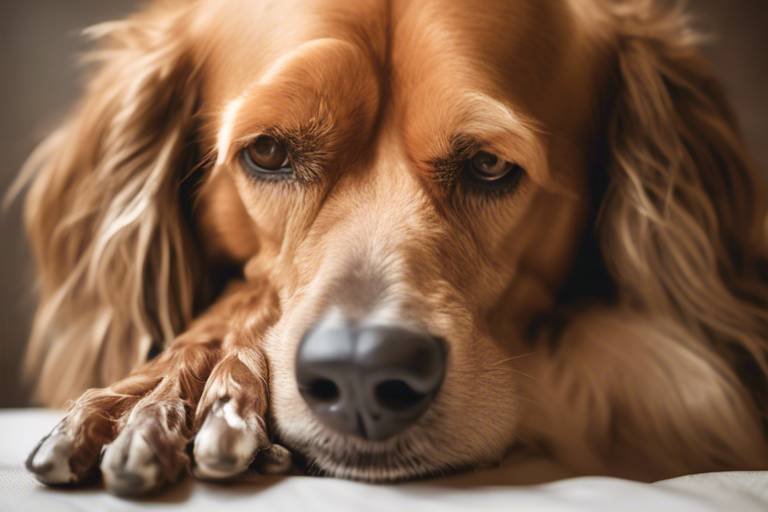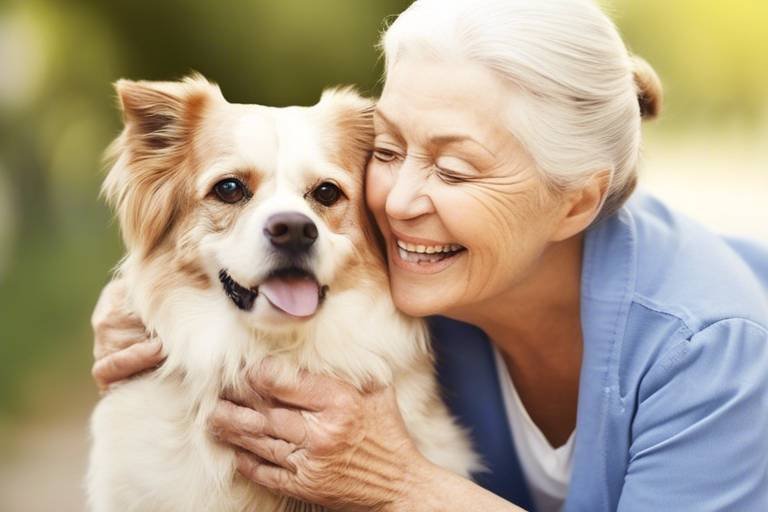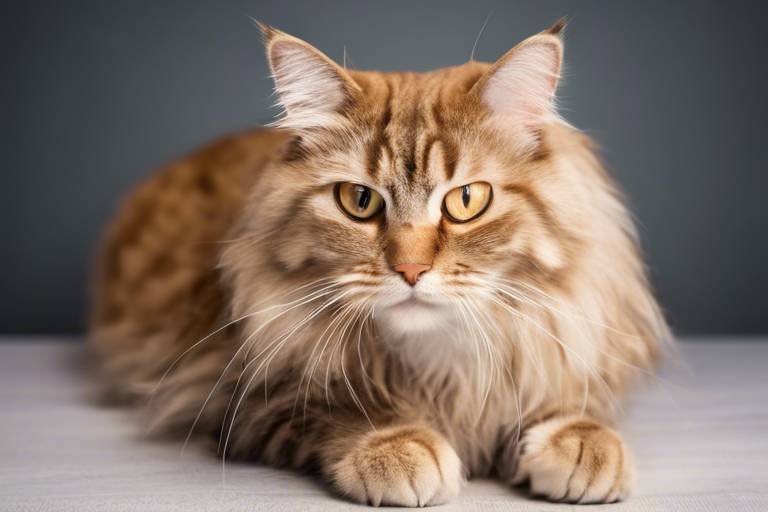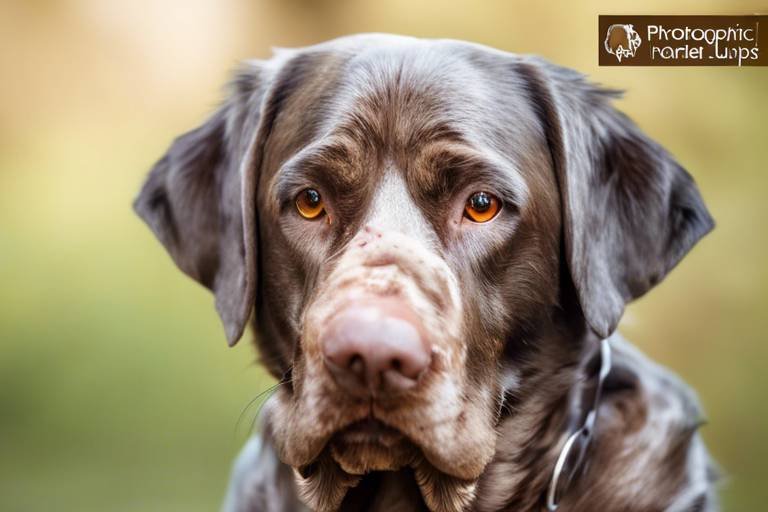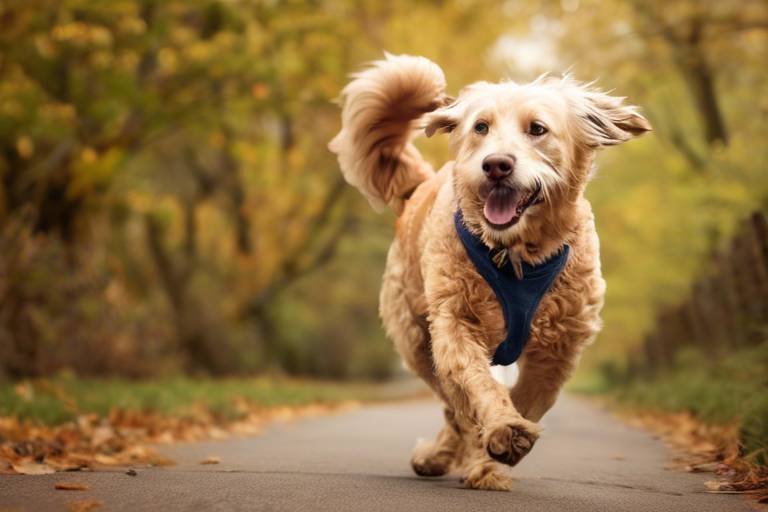Top 10 Signs Your Pet is Aging
As our furry companions age, they often require a little extra love and attention. Understanding the signs of aging in pets is crucial for ensuring they maintain a good quality of life. Just like us, pets go through various physical and behavioral changes as they grow older. Recognizing these signs can help you provide the necessary care and adjustments to their lifestyle. In this article, we will explore the top ten signs that indicate your pet is aging, so you can be proactive in addressing their needs.
One of the most noticeable signs that your pet is aging is a decrease in energy levels. Have you ever noticed your once playful puppy now prefers napping on the couch? This shift in behavior can be quite alarming for pet owners. As pets age, their metabolism slows down, and they may not have the same zest for playtime or outdoor adventures. Instead of chasing after a ball, they might opt for a leisurely stroll or simply lounge around. It's essential to monitor these changes closely and adapt their activities accordingly. Engaging them in low-impact exercises can keep them active without overexerting them.
Another significant sign of aging is changes in appetite. If your pet suddenly shows less interest in their food or starts eating more than usual, it could be a red flag. Older pets may experience changes in taste preferences or even develop health issues that affect their appetite. For instance, dental problems can make eating uncomfortable, leading to a decrease in food intake. On the other hand, some pets may eat more due to boredom or anxiety. It's crucial to pay attention to these shifts and consult your veterinarian if you notice any drastic changes.
Weight fluctuations are a common concern for aging pets. Maintaining a healthy weight is vital for their overall well-being. A table below outlines potential weight changes and their implications:
| Weight Change | Possible Cause |
|---|---|
| Weight Loss | Dental issues, gastrointestinal problems, or underlying health conditions |
| Weight Gain | Decreased activity levels, overfeeding, or hormonal changes |
Monitoring your pet's weight regularly can help you catch any potential health issues early. If you notice significant fluctuations, it’s wise to consult with your vet.
Joint stiffness is another common issue that many older pets face. Just like humans, pets can develop arthritis or other joint problems as they age. You might observe your pet having trouble getting up from a lying position, limping, or hesitating to jump onto furniture. These signs indicate that they may be experiencing discomfort. To improve your pet's mobility, consider incorporating joint supplements into their diet, providing a warm and comfortable resting area, and engaging in gentle exercises that promote flexibility.
The condition of your pet's coat can be a telltale sign of aging. As pets grow older, their fur may become dull, thin, or even start to shed more than usual. You might notice that their once-lustrous coat is now looking a bit lackluster. This change can be attributed to various factors, including hormonal changes or nutritional deficiencies. Regular grooming and a balanced diet rich in omega fatty acids can help maintain a healthy coat and skin.
Aging can also lead to behavioral changes in pets. You might find that your once sociable dog is now more withdrawn or that your cat is less playful. Increased anxiety or irritability can also be signs of aging. These shifts can stem from cognitive decline or changes in their environment. Providing a stable routine, mental stimulation, and a safe space can help ease their anxiety and keep them comfortable in their golden years.
Oral health is crucial for aging pets. Bad breath, difficulty chewing, and excessive drooling can all be signs of dental problems. Regular dental check-ups are essential, as dental disease can lead to more severe health issues if left untreated. Consider incorporating dental treats or toys that promote oral hygiene into your pet's routine to help maintain their dental health.
As pets age, they may experience vision and hearing loss. You might notice your pet bumping into furniture or not responding to commands as quickly as they used to. These sensory declines can be distressing for both pets and owners. To help your pet adapt, consider using more visual cues and keeping their environment familiar and safe. Gentle encouragement and patience can go a long way in helping them navigate their surroundings.
Finally, older pets often sleep more than they did in their youth. This increase in sleep can be attributed to various factors, including reduced energy levels and the need for recovery. While it’s normal for aging pets to snooze more, it’s essential to ensure they are still engaging in some level of activity to maintain their health. Providing a cozy bed and a quiet space can help them get the rest they need.
- How can I tell if my pet is in pain? Look for signs such as limping, whining, or changes in behavior. If you suspect pain, consult your veterinarian.
- What can I do to help my aging pet? Regular vet check-ups, a balanced diet, and gentle exercise can significantly improve your pet's quality of life.
- Are there specific foods for senior pets? Yes, many brands offer senior-specific diets that cater to the nutritional needs of older pets.
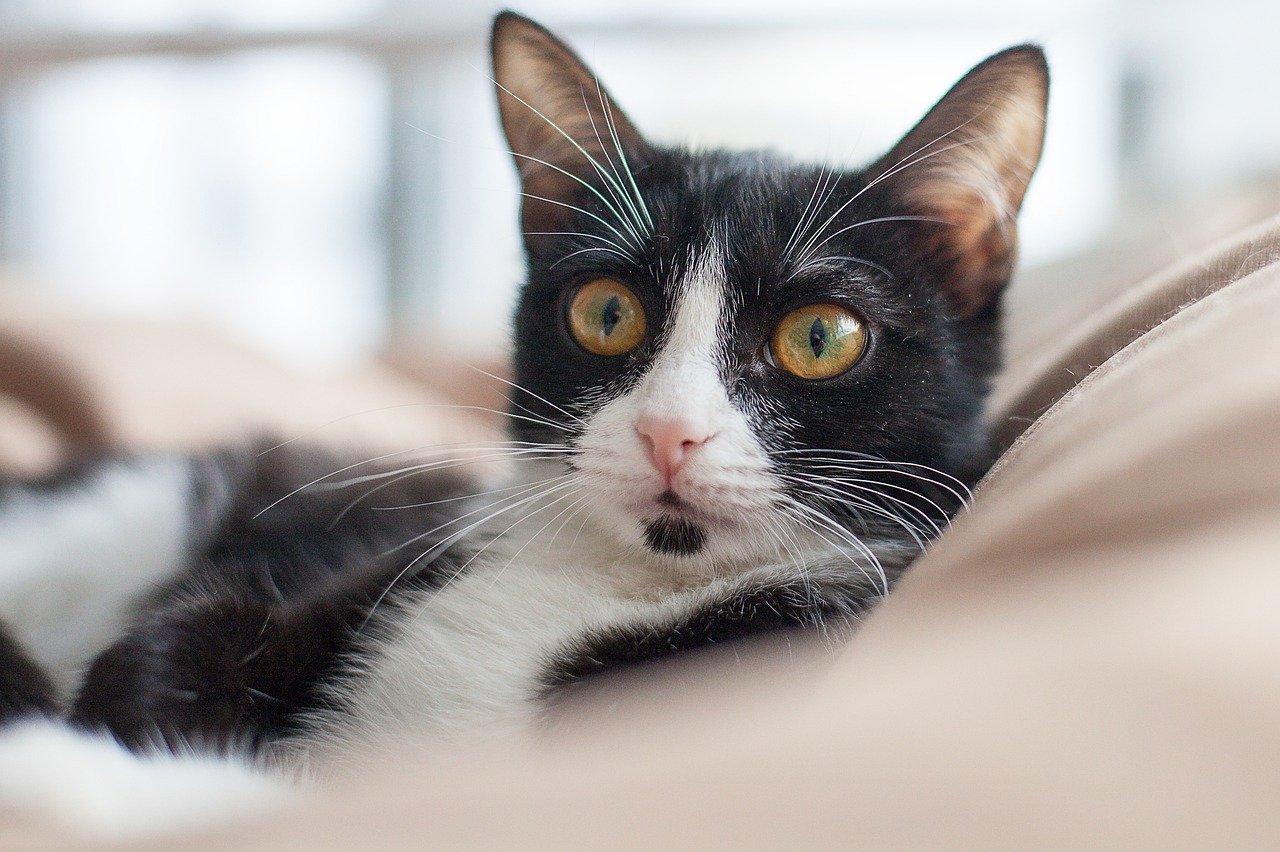
Decreased Energy Levels
As our beloved pets age, one of the most noticeable changes owners may observe is a significant drop in their energy levels. Just like us, pets can experience a decline in vitality as they transition into their senior years. Have you ever watched your once-vibrant dog chase after a ball, only to see them now prefer lounging on the couch? This shift can be quite alarming, but it’s important to recognize that decreased energy is a natural part of aging.
Many pet owners may find themselves asking, "How do I know if my pet is simply slowing down due to age or if something more serious is at play?" It’s essential to pay attention to subtle cues. For instance, if your pet is less eager to go for walks, shows disinterest in playtime, or seems to tire quickly during activities they once enjoyed, these could be signs of aging. It’s not just about being lazy; it could indicate that their bodies are not able to keep up with their youthful spirit.
To better understand how decreased energy levels manifest, consider the following signs:
- Reduced enthusiasm for walks or outdoor activities
- Longer recovery times after exercise
- Increased time spent sleeping or resting
- Less interest in playing with toys or interacting with family members
It’s important to remember that while decreased energy is often a normal part of aging, it can also be a symptom of underlying health issues. Conditions such as arthritis, heart disease, or even metabolic disorders can contribute to a pet’s lethargy. Therefore, if you notice a sudden or drastic change in your pet’s energy levels, it’s wise to consult your veterinarian for a thorough check-up.
Moreover, keeping your aging pet engaged is crucial for their mental and physical health. While they may not be able to run as fast or play as hard, finding gentle activities that stimulate their minds can make a world of difference. Consider short, leisurely walks, puzzle toys, or even simple training sessions to keep them active without overexerting them.
In conclusion, decreased energy levels in pets can be a natural part of the aging process, but it’s essential to remain vigilant. By observing your pet closely and making adjustments to their routine, you can help ensure they maintain a good quality of life as they age. Remember, the goal is to keep them comfortable and happy, allowing them to enjoy their golden years to the fullest.
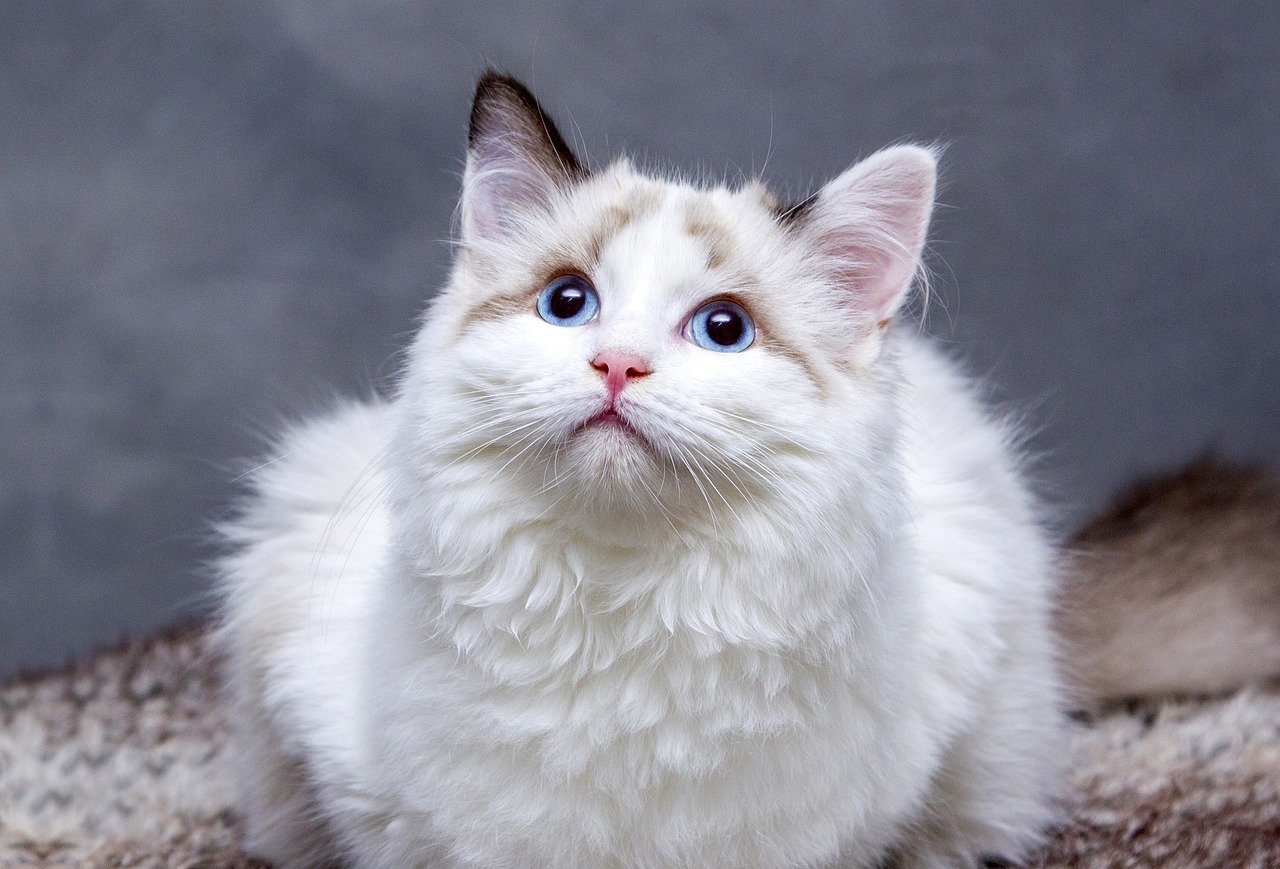
Changes in Appetite
As our beloved furry friends age, one of the most noticeable changes can be their appetite. You might find that your once enthusiastic eater is now more selective, or perhaps they are turning their nose up at food they used to gobble down in seconds. This shift can be alarming for pet owners, as it may signal underlying health issues or changes in metabolism. Just like humans, pets can experience a variety of reasons for their altered eating habits, and understanding these changes is crucial for their well-being.
When your pet starts to show a decrease in appetite, it’s essential to consider a few factors. Aging pets may experience changes in their sense of taste and smell, which can affect their desire to eat. Imagine how you might feel if your favorite dish suddenly lost its flavor; it’s not hard to see why your pet might be less inclined to chow down. Additionally, dental issues such as tooth decay or gum disease can make eating painful, leading to a reluctance to eat. If you notice your pet chewing differently or favoring one side of their mouth, it may be time for a vet visit.
On the other hand, some pets might exhibit an increased appetite as they age. This can be due to a slower metabolism or even certain medical conditions like diabetes or thyroid issues. It’s crucial to monitor your pet’s weight regularly and keep an eye on any sudden changes in eating habits. If your pet is eating more but losing weight, this could indicate a serious health problem that needs immediate attention.
To help you better understand how to approach changes in your pet's appetite, here’s a quick summary of potential signs to watch for:
- Decreased appetite: Eating less than usual or skipping meals.
- Increased appetite: Eating more than normal but potentially losing weight.
- Selective eating: Preferring certain foods or only eating treats.
- Difficulty eating: Signs of discomfort while chewing or swallowing.
It’s always a good idea to consult with your veterinarian if you notice any significant changes in your pet's appetite. They can conduct a thorough examination and run tests to rule out any serious health concerns. Remember, just like we need to adjust our diets as we age, our pets may also require a special diet tailored to their changing needs. Sometimes, switching to a more palatable food or one that’s easier to chew can make all the difference.
In conclusion, being attentive to your pet's appetite changes is a vital part of responsible pet ownership. These changes can be a window into their overall health and well-being. By staying informed and proactive, you can ensure that your aging pet remains happy and healthy, enjoying their golden years to the fullest.
- What should I do if my pet suddenly stops eating?
If your pet suddenly stops eating, it’s essential to consult your veterinarian as soon as possible. This could be a sign of an underlying health issue that needs attention.
- How can I encourage my aging pet to eat?
Try offering warm food, adding a little broth, or providing softer options that are easier to chew. Sometimes, a change in diet can reignite their interest in food.
- Is weight loss normal in older pets?
While some weight loss can be normal due to a slower metabolism, significant weight loss should be discussed with your vet as it may indicate health problems.
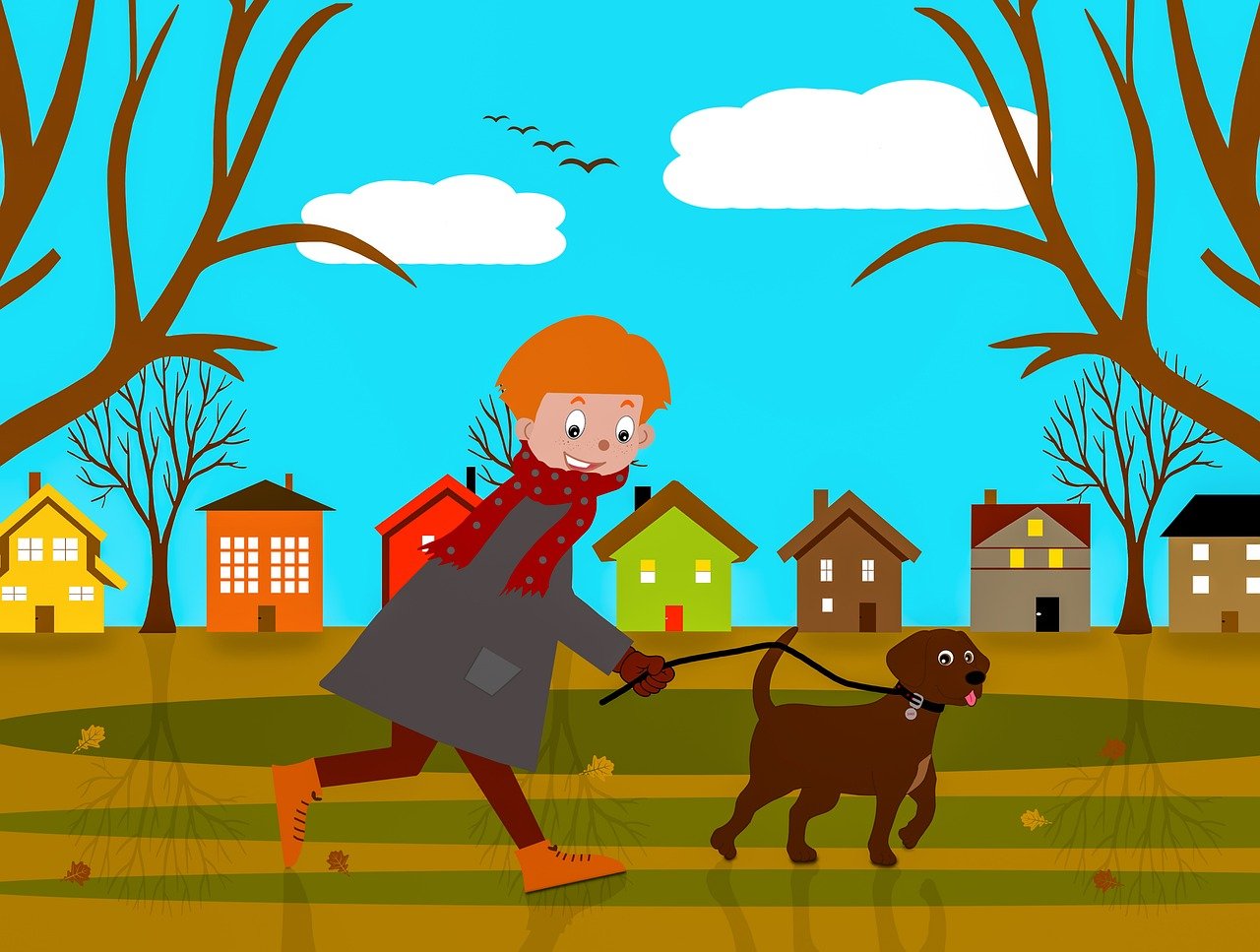
Weight Fluctuations
As our beloved pets age, one of the most telling signs can be seen on the scale. in older pets can indicate a variety of health issues that may require attention. It's essential for pet owners to keep a close eye on their furry friends' weight, as both weight gain and loss can signify underlying problems. For instance, if your once sprightly dog begins to pack on the pounds, it could be due to a decrease in activity levels or even metabolic changes that come with aging. On the flip side, if your cat seems to be shedding pounds despite eating normally, this could indicate a serious health concern, such as hyperthyroidism or diabetes.
Understanding the reasons behind these weight changes is crucial. Older pets might not be as active as they once were, leading to weight gain. This can create a vicious cycle where added weight further decreases mobility, making it even harder for them to exercise. Alternatively, weight loss can be caused by dental issues, which are common in aging pets, making it painful for them to eat. Therefore, regular check-ups with the vet are vital to monitor these changes and ensure that your pet is not only maintaining a healthy weight but also receiving the proper nutrition they need.
Consider keeping a weight journal for your pet. This can help track any changes over time, making it easier to spot trends that may need addressing. You can note down their weight at each vet visit, any changes in diet, and shifts in their activity levels. Here’s a simple example of what that might look like:
| Date | Weight | Notes |
|---|---|---|
| 01/01/2023 | 25 lbs | Active, regular diet |
| 03/01/2023 | 27 lbs | Less active, started arthritis medication |
| 05/01/2023 | 24 lbs | Struggled with dental issues |
It’s also a good idea to consult your veterinarian if you notice any significant weight changes. They can perform a thorough examination and run necessary tests to rule out any serious conditions. Remember, a healthy weight leads to a happier, longer life for your pet. Just like us, our furry companions need to maintain a balanced diet and regular exercise, even as they age. So, keep those walks going, adjust their food portions if necessary, and always make sure they’re getting the nutrients they need!
In summary, paying attention to your pet's weight fluctuations is not just about aesthetics; it's about their health and well-being. Keeping a close eye on these changes can help you catch potential issues before they become serious. After all, our pets rely on us to be their advocates and caregivers, especially as they enter their golden years.
- What should I do if my pet is gaining weight? - Consider reducing their food portions, increasing exercise, and consulting your vet for dietary recommendations.
- How can I tell if my pet is losing weight? - Regular weigh-ins and observing their body condition can help. Look for signs like rib visibility or a noticeable decrease in their overall size.
- Are there specific diets for senior pets? - Yes, there are many senior-specific diets that cater to the changing nutritional needs of older pets. Consult your vet for the best options.
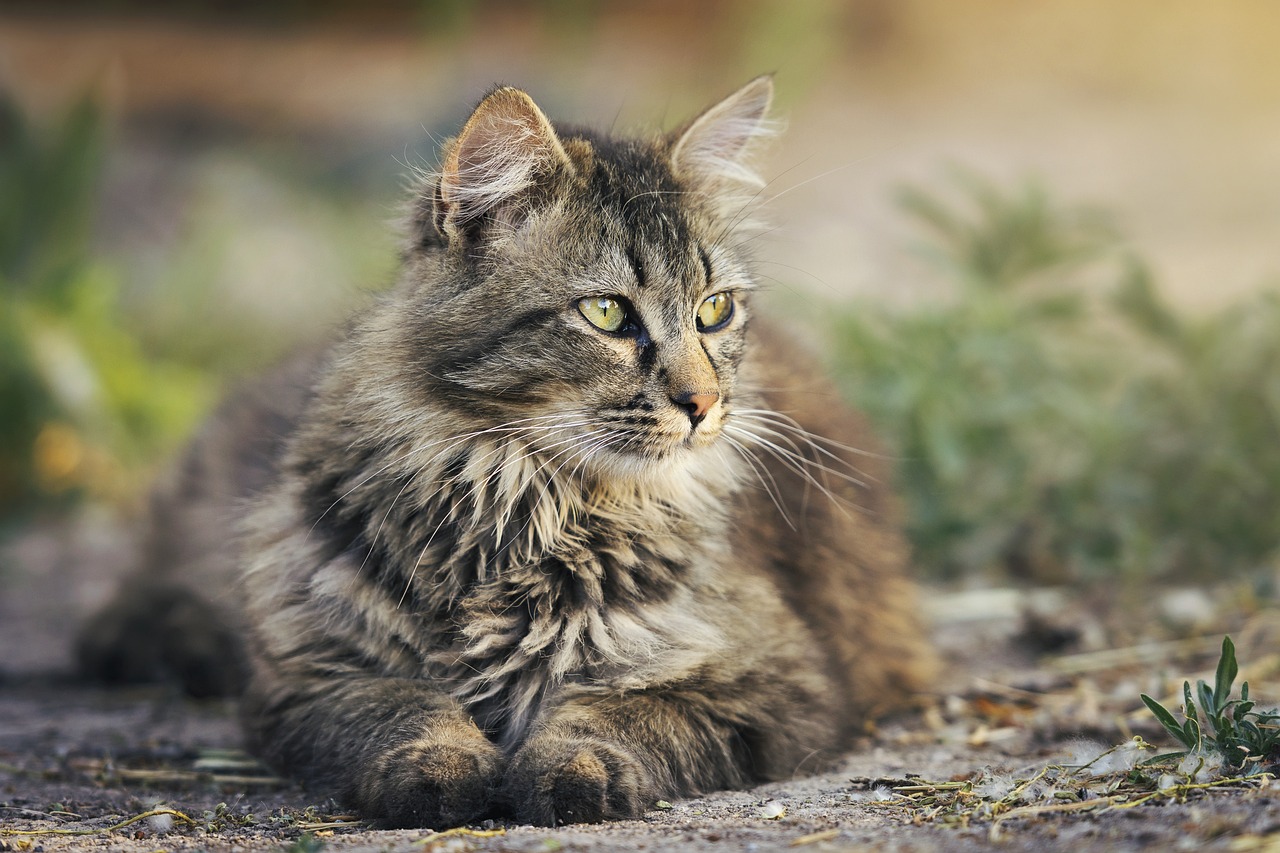
Joint Stiffness
Joint stiffness is one of the most common issues that can plague our beloved furry companions as they age. Just like humans, pets can experience wear and tear on their joints over time, leading to discomfort and reduced mobility. If you've noticed that your once sprightly dog or cat is now moving a bit slower, or perhaps hesitating to jump onto the couch or climb the stairs, it could be a sign that their joints are starting to show their age. This gradual decline can sometimes be subtle, making it essential for pet owners to stay vigilant.
One of the first signs of joint stiffness is often a change in activity levels. You might find that your pet is less enthusiastic about their favorite games of fetch or is reluctant to go for long walks. Instead of bounding around with excitement, they may prefer to lounge around more often. Additionally, you may notice them taking longer to get up after resting, which can be a direct indication of joint discomfort. If this sounds familiar, it’s crucial to observe your pet closely and consider consulting your veterinarian for advice.
Joint stiffness can stem from various conditions, with arthritis being the most prevalent. This degenerative joint disease is characterized by inflammation and pain in the joints, making everyday activities a challenge. Other potential causes of joint stiffness include hip dysplasia, ligament injuries, or even previous fractures that may not have healed properly. Understanding the underlying cause is vital for effective treatment and management.
To help manage your pet’s joint stiffness, there are several strategies you can implement. Regular, gentle exercise is essential to maintain joint flexibility and muscle strength. Short, frequent walks can be beneficial, as they keep your pet active without overexerting them. Additionally, consider incorporating joint supplements into their diet, such as glucosamine and chondroitin, which can help support joint health. Always consult your veterinarian before starting any new supplements or medications.
In some cases, your veterinarian may recommend physical therapy or alternative treatments such as acupuncture to alleviate discomfort and improve mobility. These therapies can be incredibly effective in managing pain and enhancing your pet's quality of life. It's essential to create a comfortable living environment for your aging pet. Providing soft bedding and minimizing stairs can help them navigate their surroundings more comfortably.
As a loving pet owner, it's heartbreaking to see our companions struggle with joint stiffness. However, by recognizing the signs early and taking proactive steps to address their needs, you can help your pet maintain a good quality of life well into their golden years. Remember, your attention and care can make all the difference in their comfort and happiness.
- What are the common signs of joint stiffness in pets? Look for changes in activity levels, reluctance to jump or climb, and longer recovery times after exercise.
- Can joint stiffness be treated? Yes, treatments may include medication, physical therapy, dietary changes, and supplements.
- How can I help my pet with joint stiffness at home? Provide a comfortable resting area, encourage gentle exercise, and consult with your vet about appropriate supplements.
- Is joint stiffness a normal part of aging? While some stiffness can be normal, significant changes should be discussed with a veterinarian to rule out serious conditions.
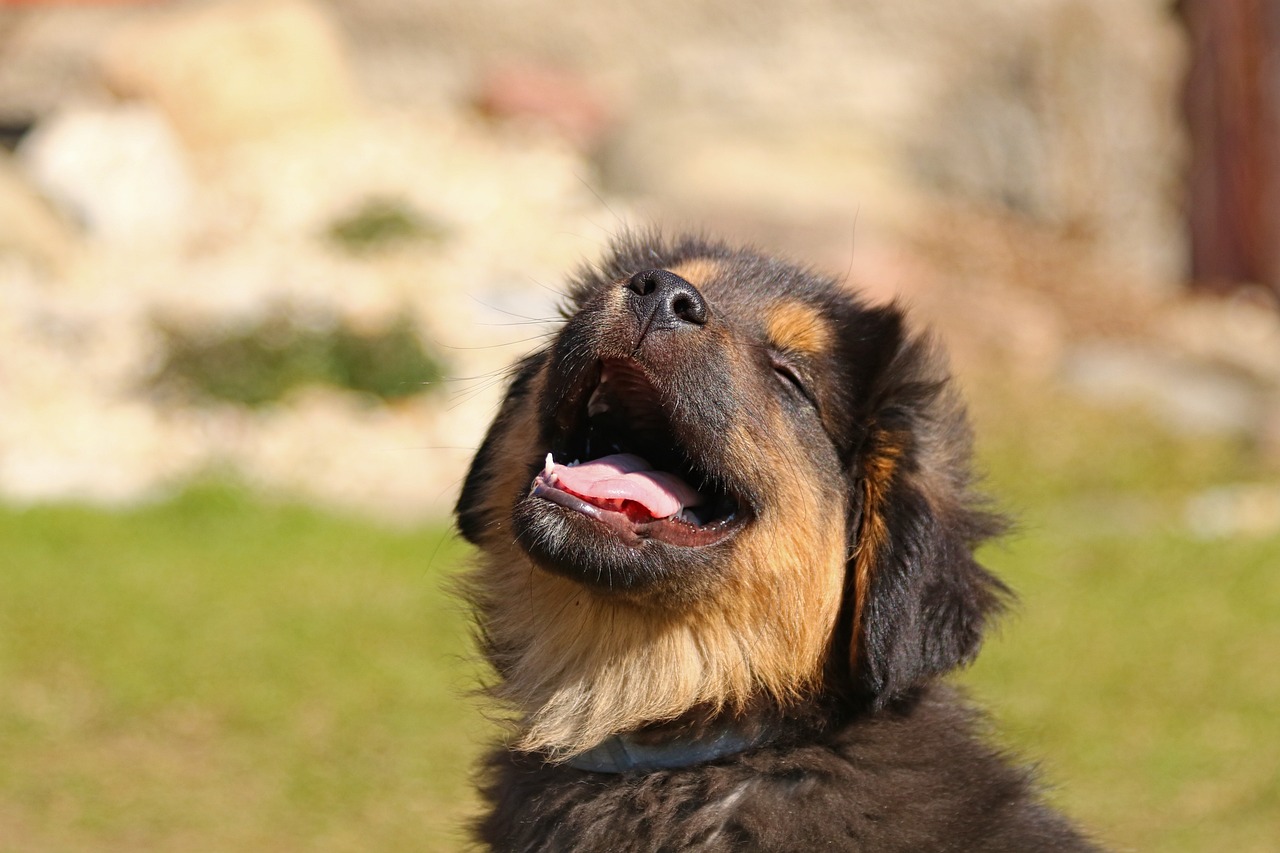
Changes in Coat Condition
As our furry friends age, one of the most noticeable changes can often be found in their coat. Just like us, pets experience various transformations as they grow older, and their fur can be a clear indicator of their overall health and well-being. You might start to notice that your pet's coat is not as vibrant or thick as it once was. Perhaps it feels coarser to the touch, or you might see patches of thinning fur. These changes can be alarming, but understanding them is crucial for providing the best care for your aging companion.
One of the primary signs of aging in a pet's coat is a change in texture. For instance, a once-luxurious and shiny coat may become dull and brittle. This can happen due to a variety of factors, including hormonal changes, nutritional deficiencies, or even underlying health issues. It's essential to pay attention to these signs, as they may indicate that your pet's body is not absorbing nutrients as efficiently as it used to. Regular grooming can help to stimulate the skin and improve circulation, which may help to revitalize your pet's coat.
Another common change is the increase in shedding. While shedding is a natural process, if you find that your pet is losing hair more than usual, it could be a sign of aging or an underlying health issue. You might want to consider the following factors:
- Diet: An unbalanced diet can lead to poor coat condition. Ensure your pet is receiving high-quality food rich in essential fatty acids.
- Health Conditions: Conditions such as hypothyroidism or allergies can also lead to increased shedding. Consulting your veterinarian can help identify any health concerns.
- Environmental Factors: Changes in the seasons can affect shedding patterns. Make sure your pet is comfortable in their environment.
Additionally, you may notice that your pet's coat is becoming more prone to matting and tangling. This can be frustrating for both you and your furry friend, as it can lead to discomfort and skin irritation. Regular grooming is essential, not only to keep your pet looking good but also to check for any skin issues that may be developing beneath the fur. Remember, a well-groomed pet is a happy pet!
It's also worth mentioning that some pets may develop grey hairs as they age. Just like humans, pets can experience a change in pigmentation. While this is completely normal, it can be a bittersweet reminder of the passage of time. Embrace the changes your pet is going through and cherish the memories you're creating together.
In conclusion, keeping an eye on your pet's coat condition is a vital part of monitoring their overall health as they age. A change in coat quality can be a signal that your pet may need extra care or a visit to the vet. By staying proactive and attentive, you can help ensure that your beloved companion remains comfortable and happy in their golden years.
1. How often should I groom my aging pet?
It's recommended to groom your pet at least once a week, but older pets may benefit from more frequent grooming to help manage shedding and matting.
2. What should I feed my aging pet to maintain a healthy coat?
Look for high-quality pet food that includes essential fatty acids, vitamins, and minerals. Omega-3 and Omega-6 fatty acids are particularly beneficial for skin and coat health.
3. When should I be concerned about my pet's coat condition?
If you notice significant changes in texture, excessive shedding, bald patches, or skin irritation, it's best to consult your veterinarian to rule out any underlying health issues.
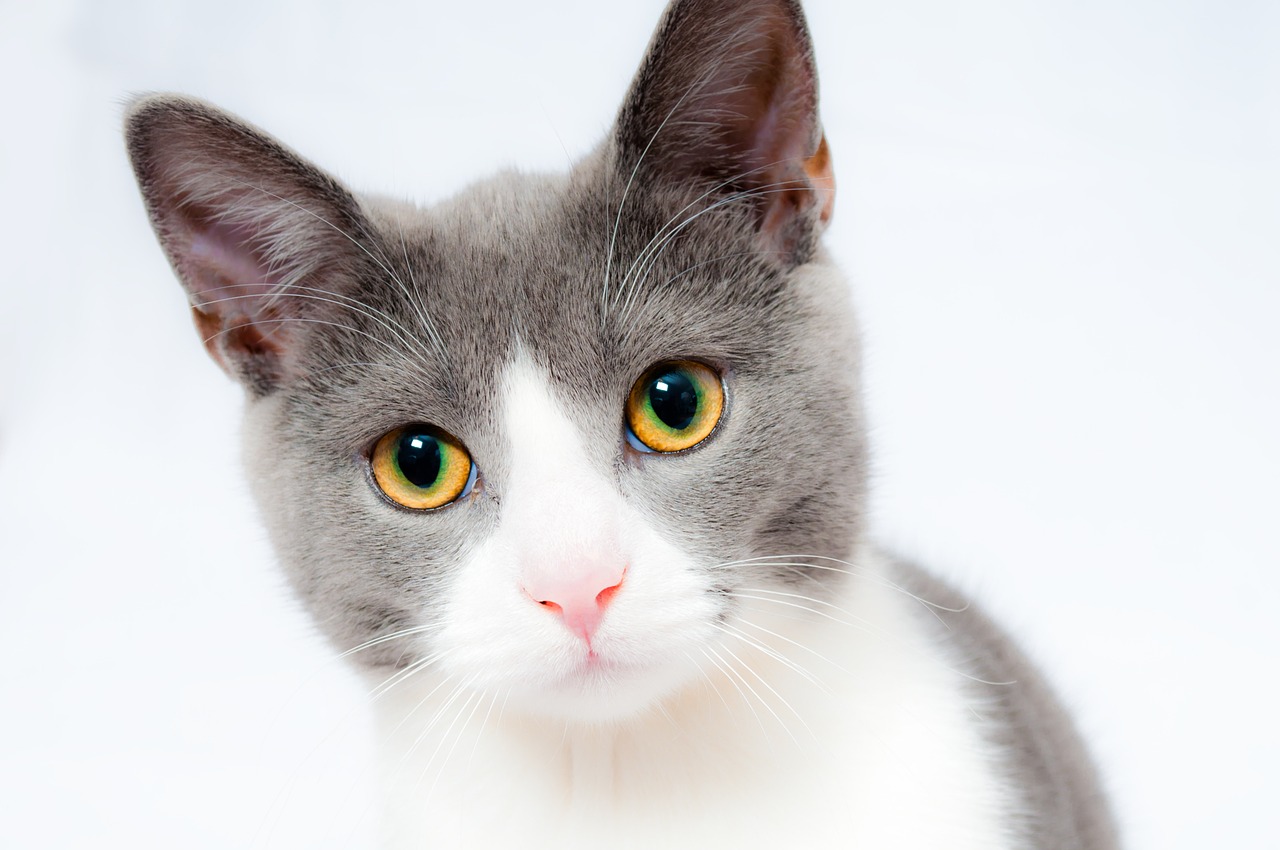
Behavioral Changes
As our beloved pets age, one of the most poignant signs we may notice is a shift in their behavior. Just like humans, pets experience changes in temperament, energy levels, and social interactions as they grow older. It's essential to recognize these , as they can provide crucial insights into their emotional and physical well-being.
One of the first things you might notice is that your once playful pup or curious cat may become more reserved or withdrawn. This could manifest as a reluctance to engage in play or a desire to spend more time alone. Have you noticed them choosing their cozy bed over a romp in the yard? This shift could indicate that they are not as comfortable or energetic as they used to be. It's important to remember that while some pets may simply enjoy their downtime, a significant change in their social behavior can be a sign of underlying health issues or discomfort.
Another common behavioral change is an increase in anxiety. Older pets may become more sensitive to loud noises, new environments, or even changes in the household routine. For instance, if your dog used to love the hustle and bustle of family gatherings but now seems anxious or stressed during these times, it might be time to consider their comfort. Providing a quiet space for your pet to retreat to can help alleviate their anxiety. Additionally, you might notice them displaying signs of confusion or disorientation, especially in familiar surroundings. This could be a sign of cognitive decline, similar to dementia in humans, which can be distressing for both the pet and the owner.
Moreover, changes in sleeping patterns can also indicate behavioral shifts. Older pets may sleep more than they did in their youth, which can sometimes be confused with lethargy. However, it’s essential to differentiate between normal aging and potential health issues. If you notice your pet sleeping excessively or having trouble settling down, it could be a signal that they are experiencing discomfort or pain.
In some cases, you might observe your pet becoming more aggressive or irritable. This change can stem from pain, confusion, or frustration related to their aging bodies. For example, a cat that used to be friendly and playful may start hissing or swatting when approached. It’s crucial to approach these changes with empathy and understanding, as your pet may be struggling with their new reality.
To help navigate these behavioral changes, consider the following strategies:
- Maintain a consistent routine to provide stability and comfort.
- Engage in gentle play and mental stimulation to keep their minds active.
- Consult your veterinarian for advice on managing anxiety or aggression.
- Monitor their health closely and keep an eye out for other signs of aging.
Lastly, remember that every pet is unique. While some may exhibit noticeable changes, others may age gracefully with minimal signs. It’s essential to stay attuned to your pet’s needs and be proactive in providing them with the care and attention they deserve. Observing these behavioral changes can help you make informed decisions about their health and happiness, ensuring that your furry friend enjoys their golden years to the fullest.
- What are the most common behavioral changes in aging pets? Pets may become more withdrawn, anxious, or irritable as they age.
- How can I help my pet with anxiety as they age? Providing a consistent routine and a quiet space can help alleviate anxiety.
- When should I consult a veterinarian about my pet's behavior? If you notice significant changes in behavior, it’s best to consult a veterinarian for guidance.

Dental Issues
As our beloved pets age, one of the most critical aspects of their health that often gets overlooked is dental care. Just like humans, pets can suffer from a range of dental problems that can significantly affect their quality of life. It's not just about having a pretty smile; poor dental health can lead to serious health complications, including heart disease, kidney issues, and infections. So, how can you tell if your furry friend is facing dental troubles? Well, there are several signs to watch out for.
First and foremost, bad breath is a common indicator that something might be amiss in your pet's mouth. While a little doggy breath is normal, an overpowering odor can signal periodontal disease or other oral health issues. Additionally, if you notice your pet is reluctant to eat or is having trouble chewing their favorite kibble, it could be a sign of dental pain or discomfort. Pets are masters at hiding their pain, so any change in eating habits should raise a red flag.
Another telltale sign of dental issues is excessive drooling. If your pet is salivating more than usual, it could indicate that they are dealing with oral pain or that something is stuck in their mouth. Pay attention to any changes in their behavior, such as becoming more irritable or withdrawn, as these could also be signs of dental distress. Don't forget to check their gums; red or swollen gums can indicate gum disease, which is common in older pets.
To help you better understand the importance of dental health in aging pets, here's a quick overview of common dental issues:
| Dental Issue | Symptoms | Potential Consequences |
|---|---|---|
| Periodontal Disease | Bad breath, swollen gums, loose teeth | Heart disease, kidney problems |
| Tooth Decay | Pain while eating, visible holes in teeth | Infection, tooth loss |
| Oral Tumors | Swelling in the mouth, difficulty eating | Potentially life-threatening |
So, what can you do to ensure your pet maintains good dental health as they age? Regular veterinary check-ups are essential, as your vet can perform professional cleanings and catch any potential issues early on. Additionally, you can incorporate dental hygiene practices at home, such as brushing your pet's teeth regularly with pet-safe toothpaste, providing dental chews, or using water additives designed to promote oral health.
In conclusion, keeping an eye on your pet's dental health is just as important as monitoring their weight or energy levels. By being vigilant and proactive, you can help your furry friend enjoy a healthier, happier life as they age.
- How often should I brush my pet's teeth?
Ideally, you should brush your pet's teeth daily, but even a few times a week can make a significant difference. - What are the signs of dental disease in pets?
Common signs include bad breath, difficulty eating, swollen gums, and excessive drooling. - Can dental issues affect my pet's overall health?
Yes, poor dental health can lead to serious health complications, including heart and kidney disease.
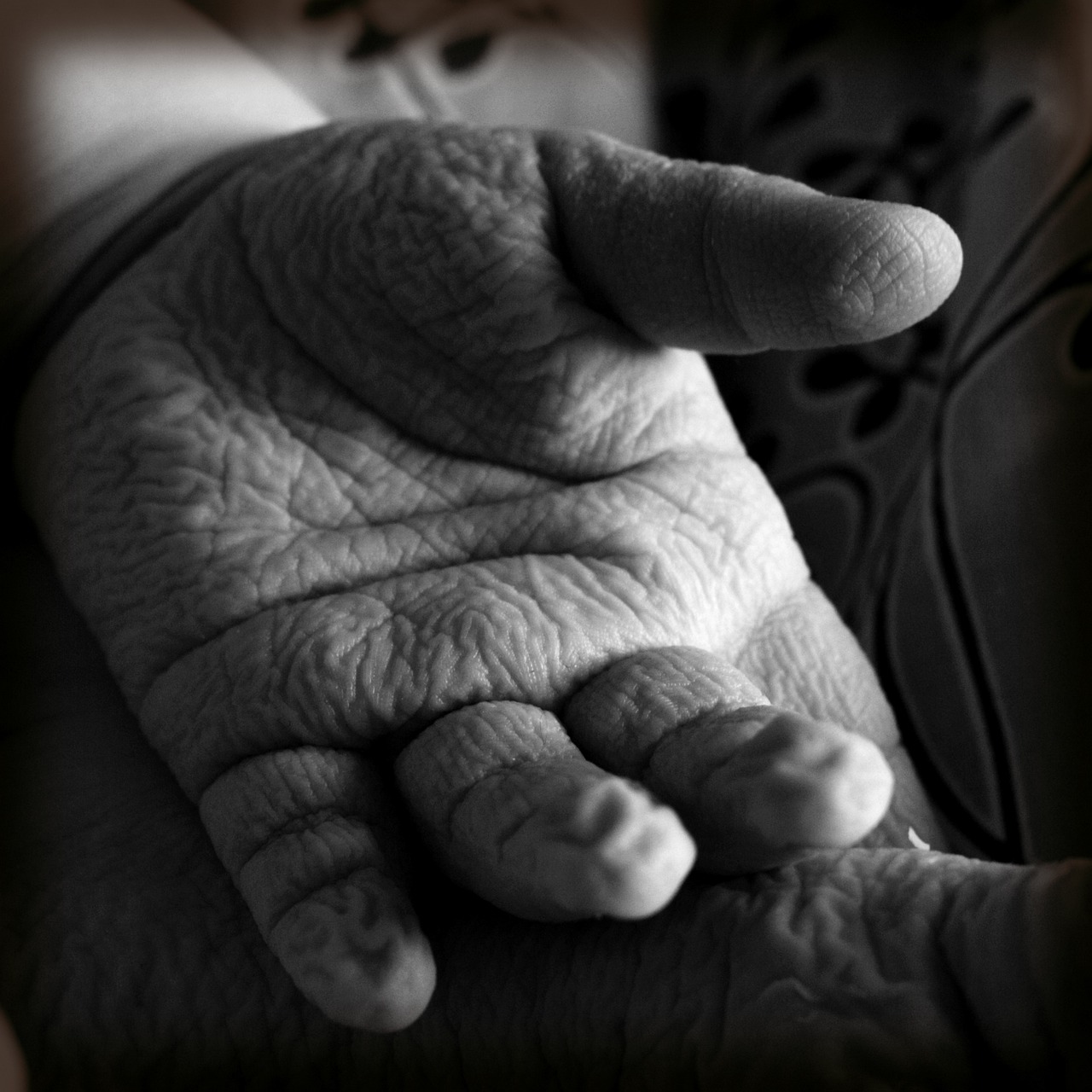
Vision and Hearing Loss
As our beloved furry companions age, they may begin to experience , which can significantly impact their quality of life. Just like us, pets can suffer from the natural decline of their senses, leading to confusion and anxiety. Have you ever noticed your pet bumping into furniture or responding less to your voice? These could be early signs that their senses are not as sharp as they used to be.
Vision loss in pets can manifest in various ways. You might observe that your dog or cat is hesitant to navigate stairs or seems to struggle in dim lighting. They may also become more reliant on their other senses, such as smell and touch, to navigate their surroundings. In some cases, pets may exhibit signs of fear or anxiety when they encounter new environments or unfamiliar people. This is not just a simple case of getting older; it’s a shift in their perception of the world around them.
Hearing loss, on the other hand, can be a bit trickier to spot. You might notice that your pet no longer responds to their name or the sound of their food bowl clinking. They may startle more easily or seem less aware of their surroundings. It’s important to remember that these changes can be gradual, and you might not notice them until they become more pronounced. Just as we might turn up the volume on our favorite show, older pets may need extra help adjusting to their declining senses.
To help you identify potential vision and hearing issues, here are some common signs to look out for:
- Vision Loss: Bumping into objects, difficulty with stairs, and hesitance in new environments.
- Hearing Loss: Not responding to commands, increased startle reflex, and sleeping through loud noises.
So, what can you do if you suspect your pet is experiencing these changes? First, it’s crucial to schedule a visit to your veterinarian for a thorough examination. They can provide insights and recommend treatments or adaptations to help your pet cope with their sensory decline. Additionally, consider making some adjustments at home. For example, keeping furniture in the same place can help your pet navigate more easily, and using touch or gentle vibrations can help get their attention.
Remember, aging is a natural process, and while it can be challenging for both pets and their owners, there are ways to enhance your pet's comfort and quality of life. With a little extra care and attention, you can help your furry friend adapt to these changes and continue to enjoy their golden years.
- How can I tell if my pet has vision loss? Look for signs like bumping into objects, hesitance in new environments, and excessive reliance on smell.
- What should I do if I think my pet is losing their hearing? Schedule a vet appointment to discuss your concerns and consider making home adjustments to help your pet feel more secure.
- Are there treatments for vision or hearing loss in pets? While some conditions are manageable, others may require specialized care. Your vet can provide personalized recommendations.
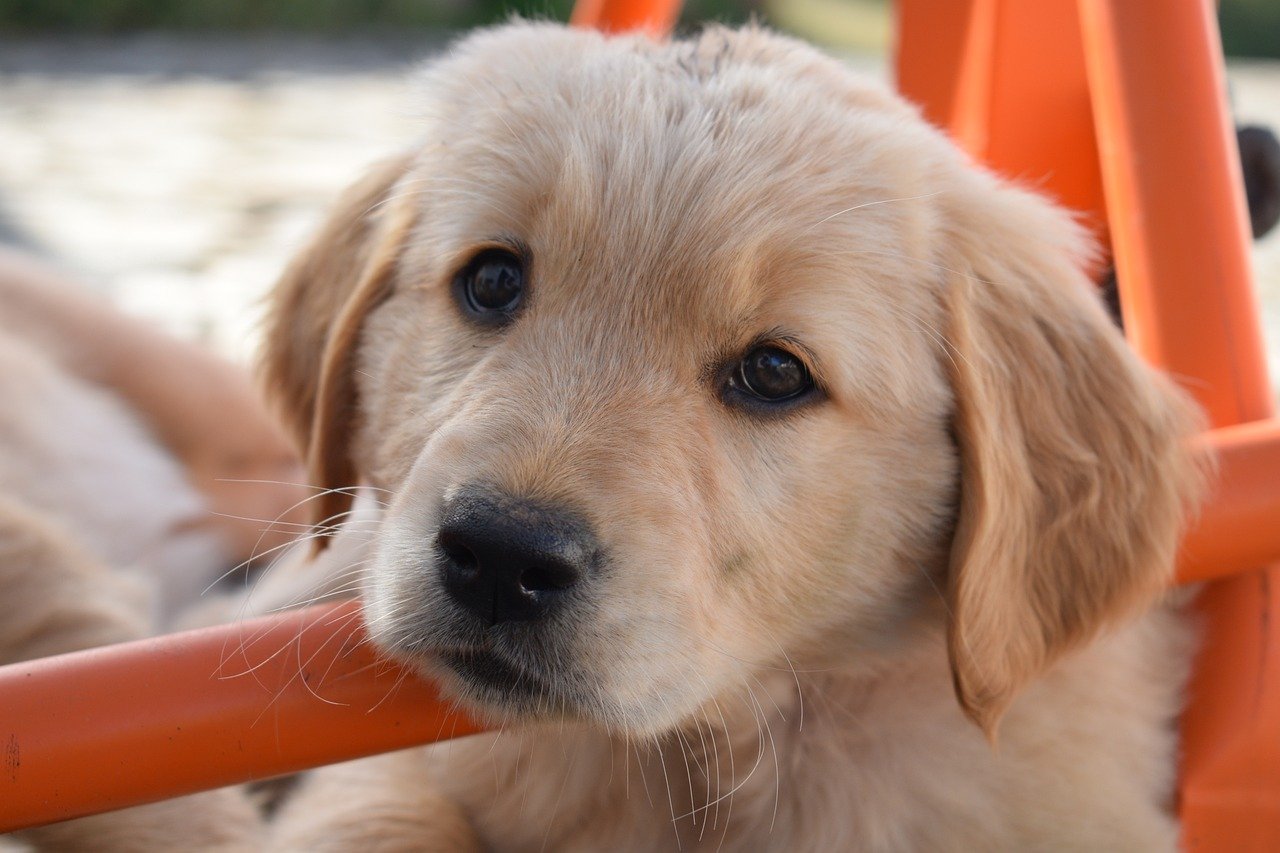
Increased Sleep Patterns
As our beloved pets age, one of the most noticeable changes you'll observe is their . Just like humans, pets experience a natural shift in their sleep needs as they grow older. You might find that your once-active furry friend now prefers lounging on the couch or snoozing in their favorite sunny spot for hours on end. This change can be quite surprising, especially if you’ve always known them as an energetic ball of fur.
But why does this happen? Well, as pets age, their bodies undergo various changes that can lead to a greater need for rest. Their metabolism slows down, and their physical stamina diminishes, which means they tire out more quickly than they used to. It’s not uncommon for older pets to require up to 20 hours of sleep per day! This might seem excessive, but it’s perfectly normal. However, it’s essential to monitor these changes closely, as they can sometimes indicate underlying health issues.
Increased sleep can also be a sign of discomfort or pain. For instance, if your pet is dealing with joint stiffness or arthritis, they may choose to rest more often to avoid the discomfort of movement. In such cases, you might notice them sleeping in unusual positions or struggling to get comfortable. If you observe this behavior, it’s a good idea to consult your veterinarian to rule out any serious health concerns.
Here are a few tips to help you manage your pet's increased sleep patterns:
- Provide a Comfortable Sleeping Area: Ensure your pet has a cozy and supportive bed. Orthopedic beds can be particularly beneficial for older pets.
- Maintain a Routine: Try to keep a consistent schedule for meals and walks. This helps your pet feel secure and can encourage them to be more active during their awake times.
- Engage in Gentle Play: While they might not have the energy for their usual games, short and gentle play sessions can stimulate their mind and body.
- Regular Vet Check-ups: Regular visits to the vet can help catch any potential health issues early, ensuring your pet remains as healthy and comfortable as possible.
In conclusion, while increased sleep patterns in aging pets are often a natural part of the aging process, they can also serve as a signal for pet owners to pay closer attention to their furry companions. Understanding these changes allows you to provide the necessary care and adjustments to their lifestyle, ensuring they remain happy and comfortable in their golden years.
Q: Is it normal for my pet to sleep more as they age?
A: Yes, it is quite normal for older pets to sleep more. Their bodies require more rest due to slowed metabolism and decreased energy levels.
Q: How can I tell if my pet's increased sleep is a sign of something more serious?
A: If your pet shows signs of discomfort, struggles to get up, or has sudden changes in their sleep patterns, it’s best to consult your veterinarian.
Q: Should I wake my pet if they are sleeping a lot?
A: It’s generally best to let your pet sleep, but if you notice they are sleeping excessively or seem lethargic, consider discussing this with your vet.
Frequently Asked Questions
- What are the first signs that my pet is aging?
The initial signs of aging in pets often include decreased energy levels and changes in appetite. You might notice your furry friend becoming less playful or sleeping more than usual. These changes can be subtle but are important indicators that your pet is entering their senior years.
- How can I tell if my pet has joint stiffness?
Joint stiffness in pets can manifest as difficulty getting up, reluctance to jump or play, or even limping. If your pet seems to struggle with movements they once performed with ease, it might be time to consult your veterinarian for advice on managing their joint health.
- Is a change in coat condition a sign of aging?
Absolutely! As pets age, their coat may become dull, thin, or may shed more than usual. This change can indicate not only aging but also potential health issues. Regular grooming and a balanced diet can help maintain your pet's coat health.
- What should I do if my pet is experiencing dental issues?
If you notice bad breath, difficulty eating, or swollen gums, it’s crucial to take your pet to the vet for a dental check-up. Dental health is vital for their overall well-being, and addressing issues early can prevent more serious problems down the line.
- How can I help my pet adapt to vision or hearing loss?
Creating a safe environment is key. Use consistent verbal commands and touch cues to guide your pet. Additionally, maintaining their routine can help them feel more secure. Consult your vet for further advice tailored to your pet's specific needs.
- Is it normal for older pets to sleep more?
Yes, increased sleep is common in aging pets. As they grow older, their bodies require more rest to recover from daily activities. However, if you notice excessive lethargy or changes in sleeping patterns, it’s a good idea to consult your veterinarian.
- What dietary changes should I consider for my aging pet?
Older pets may benefit from a diet that is lower in calories but higher in essential nutrients. Look for senior pet foods that cater to their specific needs, and consult your vet to ensure you’re providing the best nutrition for their age and health status.

